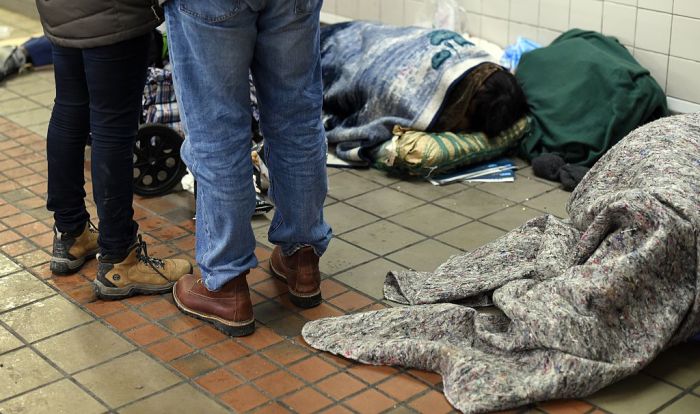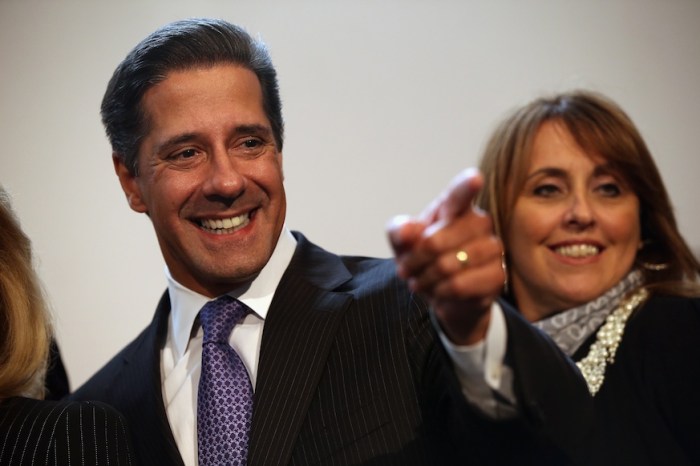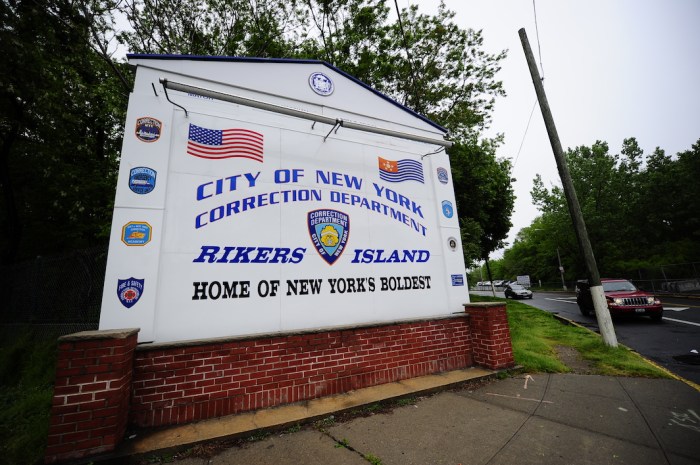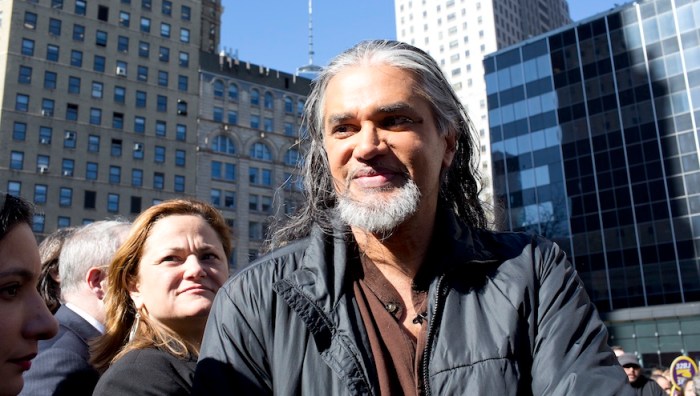The numbers check out for Mayor de Blasio’s financial plan for the coming year according to the Independent Budget Office, though it still leaves several important services out in the cold.
“The city’s fiscal outlook remains guardedly positive over the next three and a half years,” IBO writes in the 24-page Fiscal Outlook report released Thursday. “Guardedly because of the recent gyrations on Wall Street; political volatility in Washington and overseas; and the costly problems faced by the city’s public housing, public hospitals and transit system pose considerable economic and fiscal risks.”
As far as the city’s budget is concerned, IBO reports New York’s spending doesn’t outstrip its revenue by an unmanageable amount, with a $1.3 billion reserve built-in in case of unforeseen difficulties.
“The November financial plan continues the trend of unremarkable but conscientious financial planning,” IBO assesses.
Even as the city’s revenues increase, however, many of New York’s problems remain unaddressed by de Blasio’s plan and IBO’s projections.
Job and Wage Growth
IBO reports that New York has seen employment growth of 64,000 this year, almost a one-third decrease from 2017, and predicts that future years will see this number shrink even further. Even assuming Amazon’s HQ2 project goes on without a hitch, which is no guarantee, the trend will be largely unaffected.
“Employment growth has slowed notably over the past several years in professional services, education, trade and food services,” IBO reports, “but has remained very strong in the health care and social assistance sector.”
Wage growth likewise is down from 2017. Adjusting for inflation, average wages in the city grew by 2.3 percent last year, while in 2018 they increased by only 1.4 percent. By comparison, profits for stockbrokers increased from $25.1 billion to $25.8 billion over the same period, almost double rate of wage growth. The top six banks in New York alone saw a 24.7 percent increase in income in the third quarter of 2018, a further indicator of growing income inequality between wage-earners and stockholders.
According to IBO’s report, unemployment fell to a historic low of 4 percent in 2018, which fits the Federal Reserve’s definition of “full employment.” It is important to note that this figure does not include “discouraged workers,” or those without jobs who, for whatever reason, have not sent out a job application in the last four weeks. It also does not include those who have jobs but are forced to work part-time when they would otherwise be full-time. According to the Bureau of Labor Statistics, another 3 percent of New Yorkers meet this criterion of “underemployment,” and another 0.5 percent are discouraged, bringing the city’s rate of economically at-risk closer to 7.5 percent, which is a difference of over 400,000 people.
This reduced unemployment, it should be noted, has not affected New York’s homeless population.
“The single adult homeless population has continued to grow in recent years, a trend we assume will continue over the plan period” IBO mentions, offhandedly, on page 22.
Public Services At Financial Risk
Despite forecasting the total revenue for New York to reach $91 billion this year, IBO reports a number of essential public services remain at risk of being underfunded under de Blasio’s financial plan.
Though the financial plan allots $426 million for an emergency Subway Action Plan “aimed at stabilizing the city’s deteriorating subway system” and another $2.7 billion contribution to the MTA’s budget, IBO expresses doubts that this is quite enough.
“This funding is likely not adequate to account for all of the system’s critical needs, however,” the report reads. “It has been estimated that it could cost $40 billion or more to properly modernize the city’s subway system over the next decade.”
The New York City Housing Authority is another pressure point in de Blasio’s financial plan, according to IBO. The city will provide $2.4 billion to the NYCHA for its capital plan, which is just under half of what it has budgeted for the next four years. This too, the IBO claims, is not enough.
“Notably, the authority’s capital plan covers less than 17 percent of what the agency has identified as its critical capital needs,” IBO states. “The city may need to greatly increase its capital contribution to NYCHA in order to prevent further decline of the city’s public housing stock.”
The third and final item of concern IBO found regards the funding of New York’s public health and hospital services.
“The public hospital still faces substantial financial challenges,” IBO claims. “The current H+H [Health and Hospitals] financial plan projects budget shortfalls of over $156 million in 2018, increasing to $1.8 billion in 2022.”
De Blasio’s plan attempts to compensate for this funding disparity with “savings initiatives focused mainly on reductions of the agency’s headcount,” i.e. significant layoffs. One major problem exists with this plan, however.
“But H+H has already made multiple rounds of cuts, and further reductions could undermine the goal of encouraging more patients to choose H+H facilities if wait times increase or services are eliminated,” the report reads. “This makes it likely the city will face pressure to provide additional funding.”
In Conclusion: “Cautiously Optimistic”
All in all, despite admitting that the city faces “significant uncertainty,” IBO reports that the city’s fiscal situation is “relatively strong.” The budget for next year is for the most part balanced, and if any significant shortfalls occur, they allow that the city “could could draw on an estimated $4.8 billion set aside for the cost of future retiree health benefits to help eliminate budget gaps.”


















